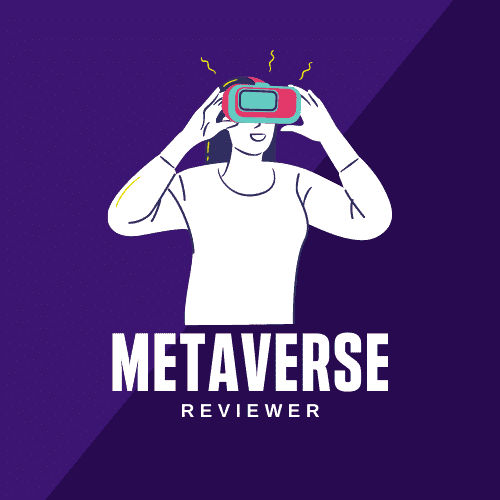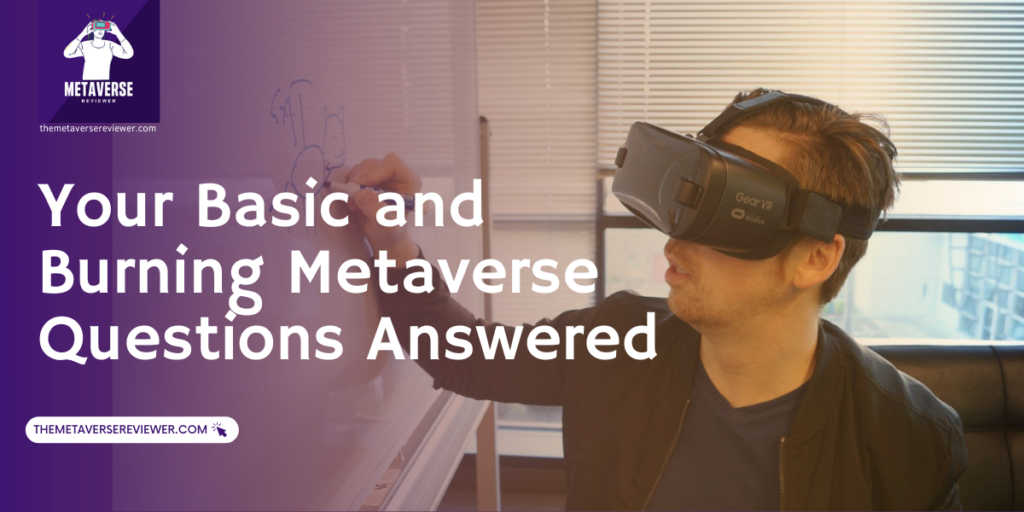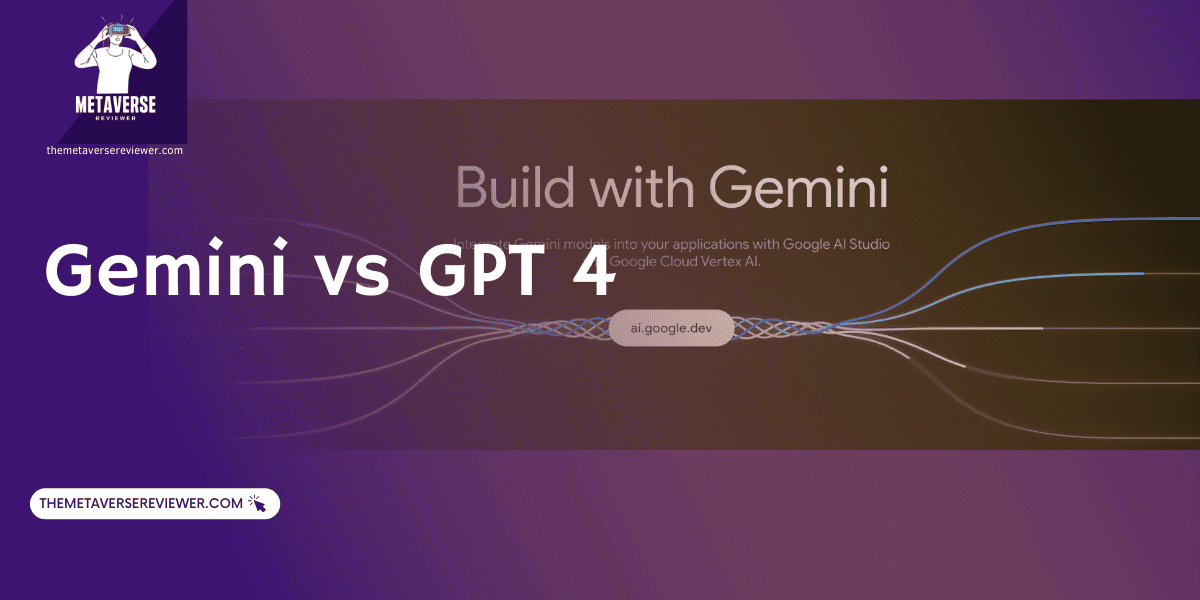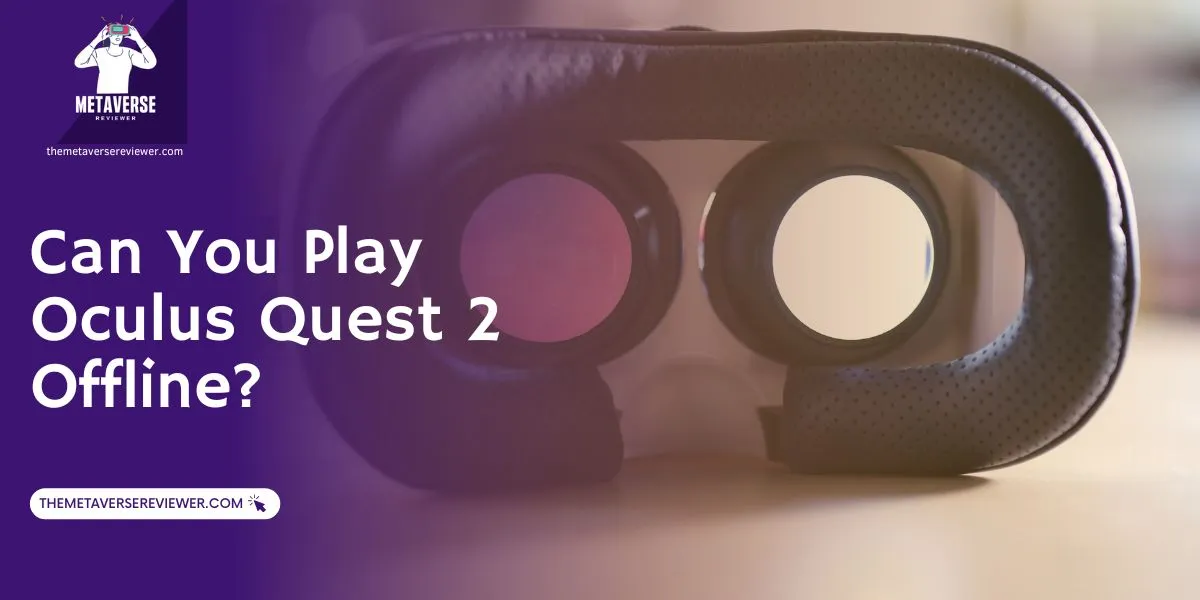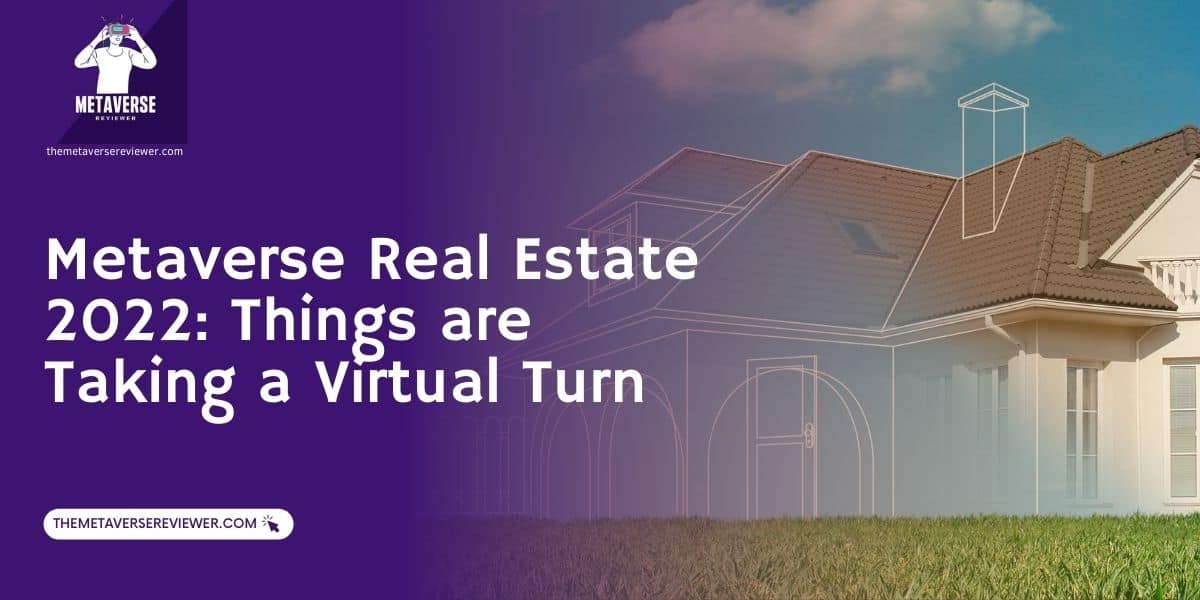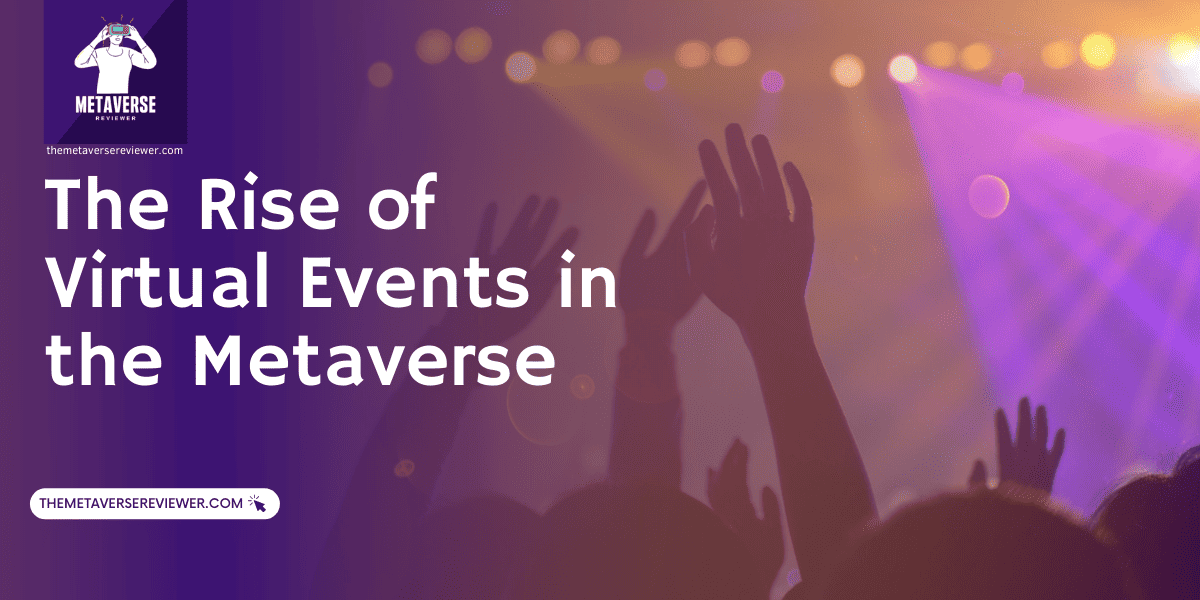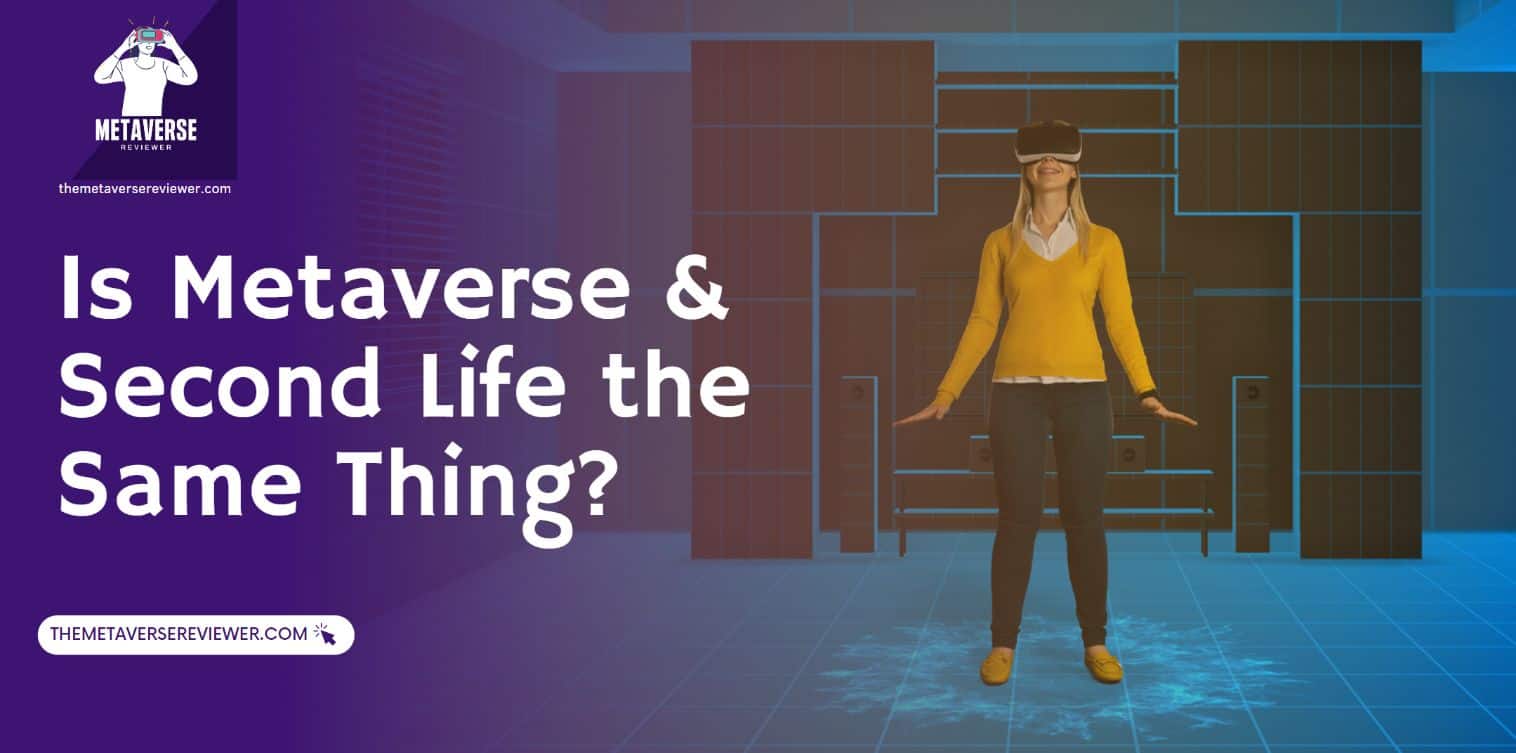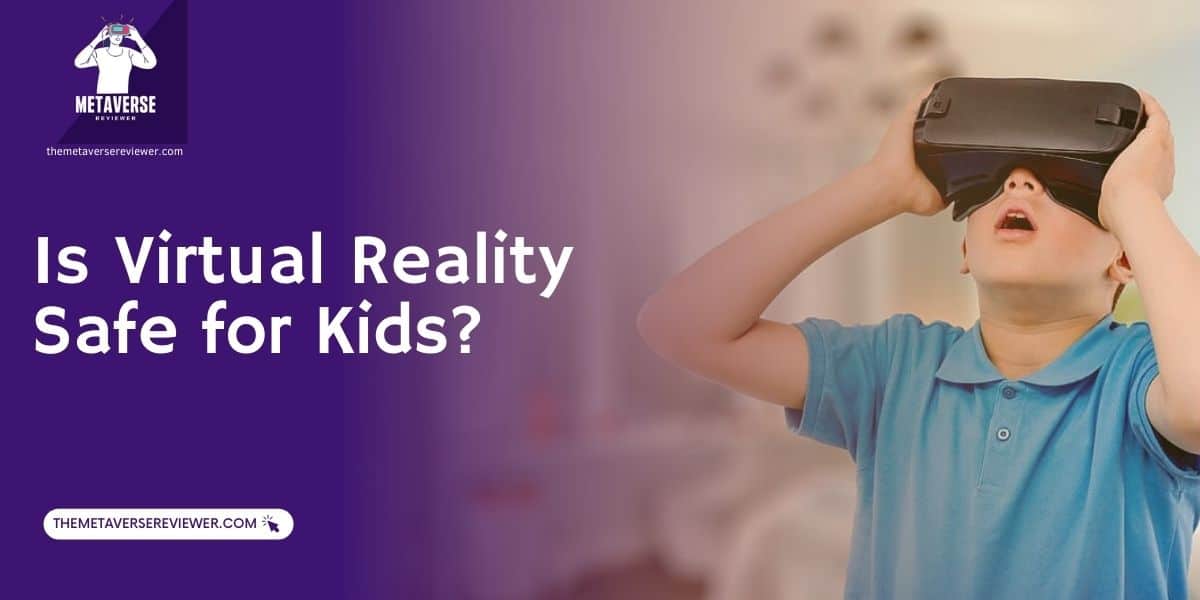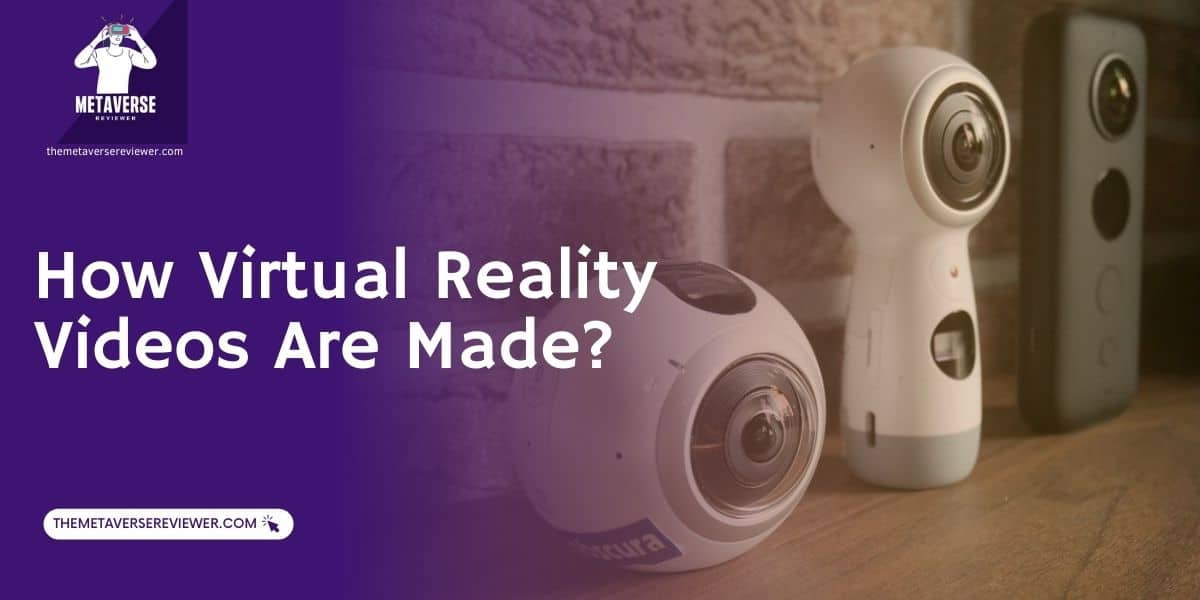As we stand on the precipice of a digital revolution, the concept of the Metaverse is making waves across industries. From the layperson to the technologist, everyone is curious about this burgeoning concept, and its growing popularity signals a shift in our digital narrative as well as in our daily lives. In the following paragraphs, we’ll explore this digital frontier together, peeling back the layers of the Metaverse and addressing some of your most burning Metaverse questions.
What is the Metaverse, and how does it work?
The Metaverse is a virtual universe where digital and physical realities blend, providing an immersive space for social interaction, work, education, commerce, and entertainment. Imagine an interconnected virtual universe of digital twins, or replicas, of our physical world and wholly imagined digital realms where the physical and digital intertwine seamlessly.
Behind the scenes, the Metaverse operates using really advanced technologies like augmented reality (AR), virtual reality (VR), 3D computer graphics, artificial intelligence (AI), among others. It is also turbo-charged by high-speed internet and secured by blockchain technologies for decentralized transactions and asset verifications. The Metaverse holds the potential to impact society dramatically, transforming the ways we interact, work, learn, and entertain ourselves.
The concept of the Metaverse isn’t attributed to a single creator. Rather, it’s more of a collective idea with roots in a myriad of technologies and sci-fi stories. The term ‘Metaverse’ came into the spotlight thanks to Neal Stephenson’s 1992 novel “Snow Crash,” where he painted a picture of a futuristic internet that felt like a virtual reality world.
In the contemporary context, various tech companies are building their own versions of the Metaverse, but no one entity “owns” the idea. Tech giants like Meta (previously known as Facebook), Microsoft, and Epic Games, alongside a host of smaller companies and decentralized platforms, are all actively working on adding their own ingredients to the mix and creating diverse Metaverse environments.
What are the benefits of participating in the Metaverse?
Embarking on the Metaverse journey offers more than just a digital experience, it brings a plethora of tangible benefits:
Enhanced Social Connectivity – The Metaverse provides an avenue for immersive social interaction, enabling users to establish and maintain connections without geographical constraints.
Revolutionized Workspace – It redefines the concept of a workspace, permitting remote collaborations in a dynamic, interactive environment and paving the way for a new era of digital work culture.
Immersive Education – The Metaverse has the potential to transform education, providing immersive, interactive learning experiences that could facilitate deeper understanding and engagement.
Innovative Commerce – It offers a new dimension to retail and commerce, with virtual storefronts and immersive shopping experiences that allow customers to interact with products in a new, immersive way.
Unprecedented Exploration – The Metaverse allows users to explore and experience new worlds and environments, potentially opening doors to unparalleled realms of entertainment and discovery.
Platform for Creativity – It provides an expansive digital canvas for creativity, enabling users to design and construct their own unique virtual spaces, artworks, or digital assets.
Virtual Real Estate Opportunities – The Metaverse introduces the concept of virtual land ownership, creating a novel market for buying, selling, and utilizing digital real estate.
Though still in its early stages, the Metaverse holds immense potential to transform various facets of our lives and society at large.
Your Questions; Our Answers
Undoubtedly, the Metaverse is a trending concept that’s sparking a lot of intrigue and curiosity. Its newness and rapidly evolving nature can certainly make it a labyrinth of questions for many. It’s natural to wonder about its functioning, opportunities, and implications for our future. After all, the idea of navigating a digital universe teeming with social, educational, and economic possibilities is nothing short of revolutionary. In the following section, we’ll address some of the uncertainties and provide clear, comprehensive answers to your most pressing questions about the Metaverse.
How do you buy stuff in the Metaverse?
Purchasing items in the Metaverse is a process that primarily utilizes digital currencies, such as cryptocurrencies or specific platform-based tokens. To hold and manage these digital assets, one requires a digital wallet, a tool designed for securely storing and transacting in the virtual realm.
The purchasing process in the Metaverse aligns closely with standard online shopping experiences but with a blockchain-powered twist. The desired items, which could range from avatar apparel to virtual real estate, are selected, and the payment is processed via the digital wallet. These transactions are executed over a blockchain network, ensuring the security and transparency of the digital exchange.
It’s worth noting that the exact mechanics of purchasing may vary slightly across different Metaverse platforms. Thus, it’s recommended to familiarize oneself with the specific protocols of the Metaverse in question to ensure smooth transactions.
How do I buy digital land in the Metaverse?
Buying land in the Metaverse is an exciting prospect that allows individuals to own virtual properties and participate in immersive digital worlds. There’s a number of steps you need to go through to be able to buy digital land in the Metaverse:
Platform Selection – The initial step involves choosing an appropriate Metaverse platform. Several platforms like Decentraland, Voxels Metaverse (previously known as Cryptovoxels), or Somnium Space offer unique virtual landscapes, each with its own distinct community and features.
Digital Wallet Configuration – Next, a digital wallet is required to handle transactions within the Metaverse. Various options such as MetaMask or Bitski are available, each providing a secure environment for storing and transacting with digital currencies.
Exploring the Marketplace – Once the wallet is set up, potential buyers can explore the available parcels of land on the platform’s marketplace. This stage parallels the process of property browsing in the physical world, albeit in a digital context.
Transaction Completion – After selecting a desired plot of land, buyers complete the purchase using the platform’s accepted digital currency. The transaction details are then securely logged on the blockchain network, providing a transparent record of the purchase and ensuring the legitimacy of the new ownership.
Building and Customization – With the transaction completed, owners can begin to build and personalize their new digital space. The Metaverse offers a unique opportunity for creative freedom, unrestricted by the physical laws and constraints of the real world.
It is prudent to conduct thorough research and consider potential investments with care, just as one would when investing in real-world property. The purchase of digital land in the Metaverse, while exciting, should be approached with thoughtful consideration.
Why are people buying Metaverse land?
People are buying Metaverse land for a multitude of reasons, driven by the intersection of technology and market forces. At a basic level, these purchases are speculative investments, akin to buying land in a new and burgeoning city. Given the rise of digital economies and the increasing value of digital assets, people foresee a future where owning a piece of the Metaverse could be quite valuable. Beyond speculation, there is the appeal of the creative potential. Ownership of virtual land allows individuals to create and manage digital experiences, ranging from designing virtual homes to hosting digital events. Moreover, businesses are also acquiring Metaverse lands to promote their brands and products, interacting with customers in an immersive and novel way.
Will the Metaverse replace the real world?
While the Metaverse is rapidly evolving and gaining traction, it is unlikely to replace the real world entirely. The Metaverse can be seen as an extension of our reality, not a replacement. It provides additional venues for interaction, creativity, and commerce, augmenting our physical lives with digital experiences. While it offers unique opportunities, such as meeting people from across the globe or engaging in experiences limited in the physical world, it doesn’t replicate the tactile, sensorial richness of our physical world. Like any tool, its impact will be determined by how we utilize it, ideally complementing rather than replacing our real-world experiences.
Who has the biggest Metaverse?
Currently, it’s essential to recognize that there isn’t a single, consolidated Metaverse that encompasses all virtual reality experiences. What we have at present are various distinctive virtual platforms and worlds, each representing a unique component within the broader, complex tapestry that we collectively refer to as the Metaverse. Among these platforms, some have surged in popularity and scale, significantly shaping our understanding of what the Metaverse can be. Key players include Facebook’s Meta platform, previously known as Facebook, which has ambitious plans to pioneer in this space. Then, we have other distinct virtual ecosystems such as Roblox and Fortnite, each attracting an array of user bases with their unique offerings and immersive experiences. Given the dynamic nature of these virtual environments, they are perpetually growing and transforming, with new elements and experiences being added continuously. This constant evolution makes it quite a challenge to definitively measure and compare their expanses, further complicating the task of determining which platform can lay claim to having the ‘biggest’ Metaverse.
What do I need to enter Metaverse?
The requirements primarily hinge on the specific virtual world you’re interested in exploring. As a basic starting point, you’d certainly need a stable internet connection and a device capable of accessing these digital spaces – this could be something as accessible as your smartphone or computer. The depth of your immersive experience can be augmented through the use of supplemental hardware such as a virtual reality (VR) or augmented reality (AR) headset, thus enhancing your sensory interaction with the Metaverse.
Moreover, navigating through specific platforms in the Metaverse typically involves setting up a personalized account or crafting a digital avatar, a virtual representation of yourself. Consider these your digital passport and identity, ensuring your unique presence and facilitating interactions within this diverse and dynamic virtual world. Given the unique economic structures within the Metaverse that primarily operate on digital currencies, it is imperative to secure a reliable digital wallet. This tool serves as your financial infrastructure for transactions and interactions within the Metaverse economy.
What are the different types of Metaverse?
Broadly speaking, there are several types of Metaverses based on their primary function and engagement model many of which we’ve mentioned already throughout the article. Social Metaverses like Facebook’s Meta emphasize connection and interaction between users. Game-oriented Metaverses like Fortnite and Roblox focus on shared gaming experiences. Some Metaverses are centered around commerce, like Decentraland, where virtual real estate and experiences are bought and sold. There are also educational Metaverses, which provide virtual spaces for learning and skill development, such as:
Second Life – A virtual world where users can create and interact with each other, often used by educators to host virtual classrooms and events.
Mozilla Hubs – A web-based platform that allows users to create and share virtual spaces, often used for educational meetings, workshops, and conferences.
ActiveWorlds – A 3D virtual reality platform where users can build and explore virtual worlds, used for educational purposes such as virtual field trips and historical recreations.
When can I join the Metaverse?
You can join the Metaverse right now, given you have the necessary resources such as an internet connection and a compatible device. Various platforms provide different experiences, and many of them are freely accessible. It’s worth exploring which type of Metaverse aligns with your interests, whether that’s social interaction, gaming, commerce, or education, and begin your journey there.
Navigating the intricate landscape of the Metaverse, we’ve addressed some of your most pressing questions. But remember, this is a vast, ever-evolving digital frontier, and we’re all learners charting our course. As we continue this thrilling journey, new challenges and questions will naturally surface. Together, let’s embrace the ride and keep uncovering the layers of this fascinating digital universe.
- Oculus Rift DK2 Review – All Features, Why Discontinued? - November 8, 2023
- Best Metaverse Games for 2024 - July 10, 2023
- How to Factory Reset Oculus Quest 2 - June 24, 2023
